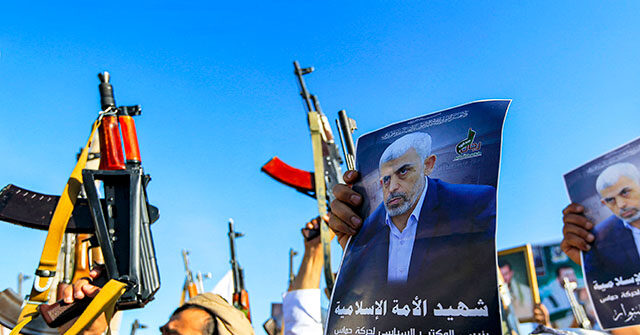Iran’s mission to the United Nations recently released a statement reflecting on the death of Hamas leader Yahya Sinwar, noting that the “spirit of resistance” in Gaza would only intensify following his demise. Sinwar, who was a key figure behind the October 7 attacks, was killed during an attempt to escape to Egypt amidst Israeli military actions. The Iranian mission drew a comparison to the execution of Saddam Hussein, emphasizing that while Hussein faced humiliation upon capture, Sinwar’s end was that of a martyr standing openly against his enemy, thus serving as an inspirational figure for future Palestinian resistance. They contended that as long as occupation persists, the concept of resistance would continue, with Sinwar being portrayed as a lasting motivator.
Despite the Iranian narrative celebrating his leadership, there exists a contrasting perspective concerning the overall morale of Iran’s terrorist proxies. The recent months have witnessed substantial leadership losses among these groups, notably Hamas, which has seen hundreds of its members—including high-ranking leaders—killed in clashes with the Israel Defense Forces (IDF). The statement highlights a worrying trend for Iranian proxies as they grapple with diminishing leadership while the conflict intensifies. This decline appears notably critical for the credibility and operational capacity of Hamas, especially in light of recent Israeli strikes that have decimated key figures within their ranks.
Sinwar’s death occurred under particularly undignified circumstances, further complicating the Iranian and Hamas narrative surrounding martyrdom and resistance. Reports indicate that Sinwar was not killed in a valiant act of defiance but rather while attempting to flee, laden with looted wealth and fraudulent documents as he tried to escape IDF pursuit. His end unfolded away from any heroic battlefield, presenting a stark contrast to the image Iran sought to project. In a final display of desperation, he allegedly threw a stick at an Israeli drone that located him, an act perceived as feeble rather than defiant.
This stark portrayal of his demise indicates that while terrorist organizations often reshape narratives surrounding leadership casualties to preserve their image, Sinwar’s death presents notable challenges. Analysts suggest his absence could create significant voids within Hamas, akin to other high-profile losses, such as Qassem Soleimani, who was instrumental in Iran’s regional military strategies. The complexities involved in Sinwar’s assassination—where both his military and political influence within Hamas were heavily intertwined—underline the potential challenges the group faces in finding a successor capable of matching his unique skill set and understanding of the multifaceted leadership role he held.
Moreover, potential candidates for his role are lacking in both legitimacy and connection to the Palestinian populace. Prominent figures such as Khaled Mashal lack on-ground experience and support within the territories, which could disenfranchise Hamas further. The discontent among the Palestinian people and the perception of Sinwar’s rule—viewed by many as exacerbating Gaza’s dire conditions—imply that the group may now experience diminished control over its constituents. Analysts contend that Sinwar’s leadership took Hamas in a more extreme direction, alienating potential allies within the population and leaving the organization exposed amid growing dissent.
Ultimately, the fallout from Sinwar’s death raises crucial questions about the future trajectory of Hamas and the broader resistance movement in Gaza. With significant challenges ahead, including a need for new leadership capable of balancing both military and political imperatives, Hamas may face unprecedented difficulties in maintaining its influence. As the group struggles with both internal dissent and external pressures, Iranian claims of martyrdom and resistance might increasingly seem an insufficient strategy to unite or inspire a fragmented opponent in the face of ongoing Israeli military actions. As resistance narratives ripple through Gaza, the juxtaposition of valor and vulnerability that defined Sinwar’s end could ultimately reshape the region’s political landscape in ways that are yet to unfold.

